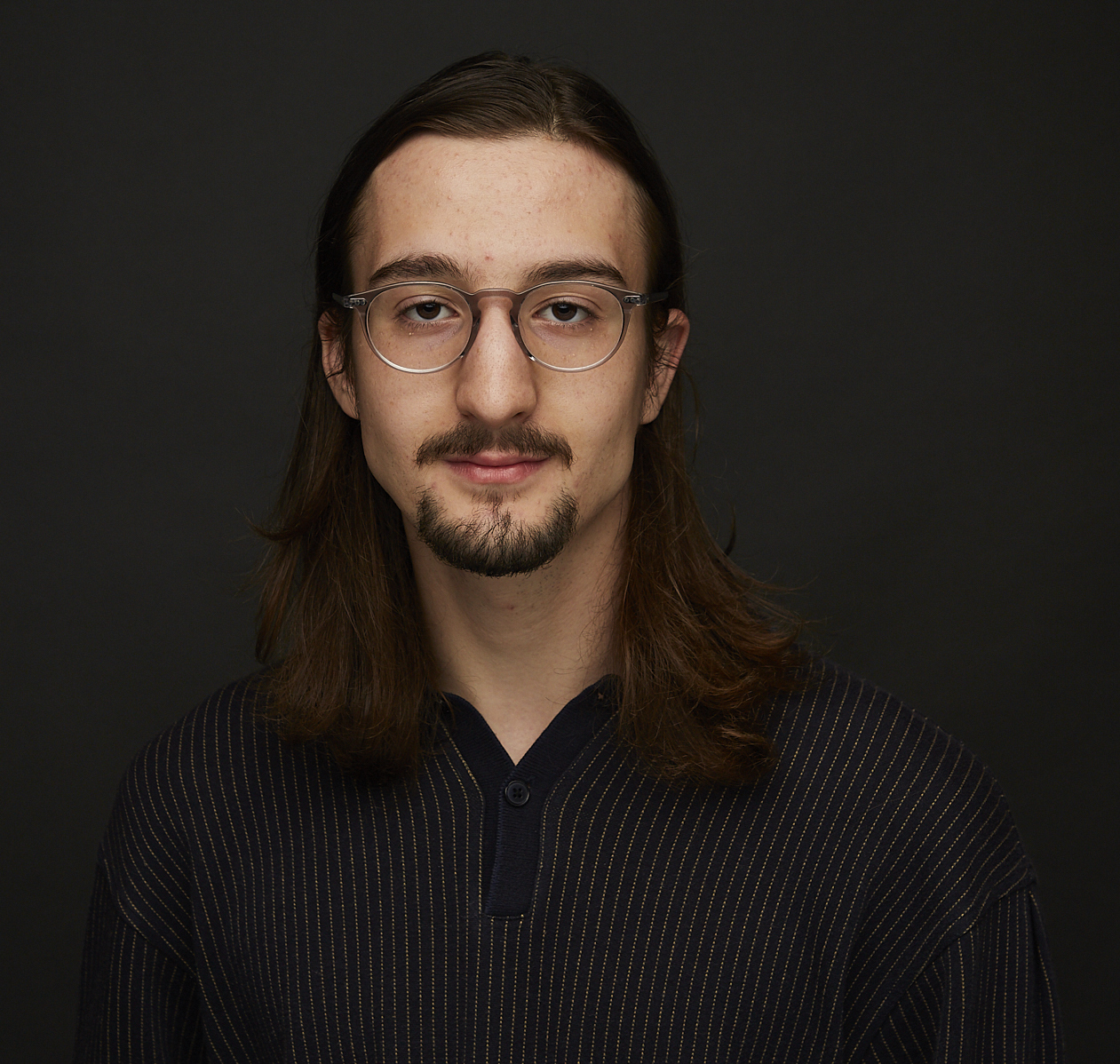As a part of 305, we had a workshop presenting an image we took during our time studying abroad. Each classmate wrote a response on just seeing the photos themselves. Where could this be? What is the context? Then, the essay the specific student had written about their photo was revealed and we wrote another response about how our understanding had changed. This is my essay about this entire workshop experience—
Reflecting on these photos and going through this process provided me with a better understanding of how knowledge makes it itself known through tangible places, objects, and experience. In the case of these two photos, their reflections transformed them into a much deeper story. Certain scenes and places were the catalyst for a broader imagining about the world, which was at times personal, historical, or political. But at the same time, they were grounded in truth. The authors recognize their own placement and reflection in them but also see the importance of their locality.
The first photo was Lyla’s, a field with yellow flowers and cherry blossom trees. I was initially at a loss for how to describe this scene because of the lack of context and inferential details. I grasped for a basic theory that the park may be important because of its careful planning. The plantings seemed intentionally curated in a way so as to have the flowers and trees on separate sides. The trees are held up with stakes, which I thought was interesting because, why would they be? Was there something special about this place that made it necessary to be organized in this way? At the same time the landscape was still somewhat pastoral, although I thought this was also intentional.
Reading Lyla’s reflection uncovered something entirely different. There was nothing particular about the site itself, but rather the sight of the cherry blossoms and their extended meaning which was significant. The cherry blossoms’ character as transient was used in particular ways by history and the nation to encompass servitude and its oft-resultant, death. I think Lyla was really engaged during her experience to have discovered this history and spoken about it with her host father. I thought it was neat that soon after learning this information she then stumbled upon these flowers on a walk. I think there’s something cosmic in that. She also remarked that the plantings seemed intentional. Maybe this context was hidden beneath the planting choice. Asking whether “a mother ever come[s] here, thinking of her son fighting in the war?” Shows the kind of depth and cultural praxis resonating from this image.
The next photo that struck me was Julia’s (Augustyn). I dug her’s initially because of its aesthetic quality and the way it clearly encompassed some kind of deeper power dynamic. The multi-colored ties were interesting to me because of their uniform design. I could make out the location vaguely, as the words on the ties were in Spanish, I just couldn’t tell what they said. These ties, mixed with this seeming centuries-old powerful iron gate, led me to believe that there was something important behind them, perhaps a government building or even a church.
My suspicions were partially confirmed. The photo was taken at a Catholic church she had visited during her study abroad program in Brazil. What I most appreciated about this piece, outside of its content, was its fluent writing. She crafts a beautiful narrative out of this experience. This ties back to my point about how knowledge is almost drawn out of objects and places. I think Julia really captured this with her ruminations on religion, both locally (in the region, its colonist and indigenous roots/connections, and what this has all meant) with her own spiritual sense of belonging. I think her word choice really shines thorough with compassion and understanding, both of religion in Brazil but also for her, in this moment in time, personally. While I say all this, I also think that some further post-analysis of this experience would benefit the reader in seeing how the author’s mind may have changed or grown after the fact. Has this experience allowed her to see Brazil or herself in a new light or confirmed prior sensibilities?

Leave a Reply